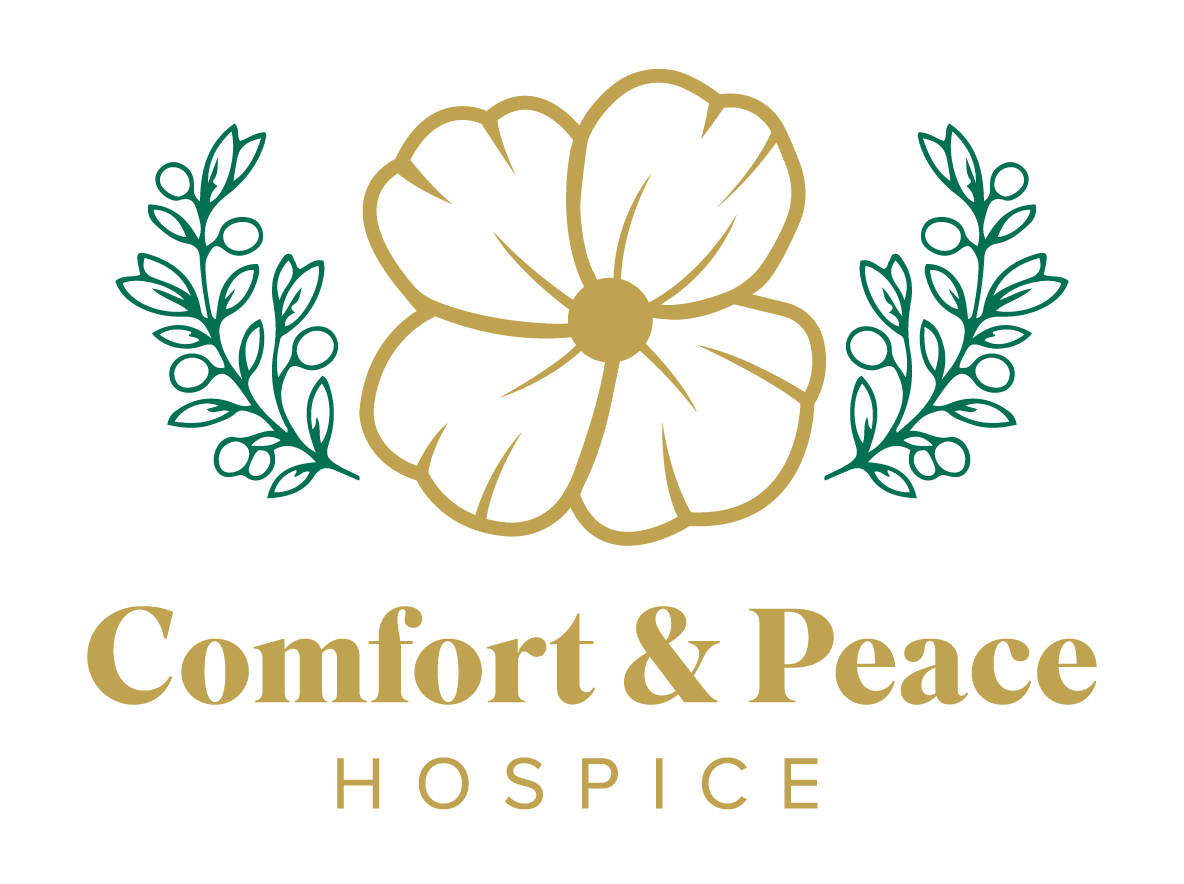R eaching the end can be very distressing. Not only is there worry, but also discomfort. This may include physical, emotional, and mental. For loved ones, it is also a difficult time. There are lots of hurdles that come with the end of a loved one’s life. If your loved one or you are close to passing on, comfort, happiness, and serenity are very important.
Comfort and Peace Hospice provides care for patients that are near the end of their lives. We help patients that choose to no longer receive treatment or have life-limiting illnesses and have no more treatment options available. It can be scary for people with life-limiting illnesses. At Comfort and Peace, we do everything in our power to ensure a patient’s final days are joyful and comfortable. We provide physical, spiritual, emotional, and psychological support. Everyone deserves to pass away in peace and with dignity.
What is Hospice Care?
Hospice care is a form of healthcare designed to help those with life-limiting illnesses. Support is given in the form of physical care, therapy, emotional support, and even spiritual care. The goal is for patients to pass on in comfort and enjoy their final days.
Each patient has their own life journey, and the care provided by Comfort and Peace Hospice reflects this. No two patients are the same. Because of this, all care is tailored to meet the specific needs of the patient.
Who is Hospice Care for?
Hospice care is for any patient with a life-limiting illness that needs additional support at the end of their lives. In order to receive this care, a patient needs to be certified by two different physicians. While you may inquire about hospice care for a loved one or yourself, oftentimes a doctor will suggest hospice care if a patient has a life-limiting illness. Once it’s decided that a patient is a good candidate for hospice care, they can speak with their insurance provider or Medicare to learn more about coverage.
Generally, patients are good candidates when they have around 6 months left to live or less. With that said, if a patient lives longer than 6 months, they may still be a candidate for hospice care.
Some common illnesses that patients suffer from that lead to the need for hospice care include:
- Cancer
- Heart disease
- Stroke
- Pulmonary disease
- Dementia
- Liver disease
- Renal disease
- and others
If your loved one or you receive a terminal prognosis, speak with your physician about hospice care and whether it is a good option. You will also want to speak with your insurance provider about coverage.
Home Hospice Versus Inpatient Hospice
Preparing for hospice can feel like a daunting task, but the staff at Comfort and Peace Hospice makes the process as easy as possible. We are happy to help you each step of the way—from signing up to receiving care.
You may be wondering what form of care is right for your loved one or you. There are different forms of hospice care, and some are inpatient while others are at-home. Below are the most common forms of hospice care and where they are provided:
Routine Home Care
Routine home care involves a patient receiving hospice care at home. This form of care is the most common. With routine home care, a patient receives care from medical professionals, social workers, and even volunteers. During this time, they are provided with mental and emotional support, pain management, and more. Routine care is an excellent care option that allows patients to enjoy their final days in peace and comfort.
Continuous Care
If a patient is going through a crisis, they may need continuous care. This is a form of care that is provided at home. During this time, a caregiver cares for a patient for a period of anywhere from a few hours to a few days. The caregiver will help address the core issue if possible. If not, they will manage symptoms until the patient stabilizes. This form of care is for patients with extreme pain, respiratory distress, and/or anxiety.
General Inpatient Care
If a patient needs additional care for a short period of time, general inpatient care may be the best option. During this form of care, the patient resides at a hospice care facility. There, the patient receives a higher level of care where their symptoms are addressed. Once the patient is stabilized, they can return home for routine home care.
Respite Care
Caregiving is a difficult task. As much as you love the person you are caring for, it can be very tiring. Every once in a while, you may need a break to avoid burnout and fatigue. Respite care is an excellent solution for those that need some rest and time off.
With respite care, a patient stays at a hospice care facility for a short period of time. During this time all of their needs are met, and they are well cared for. Primary caregivers are able to rest and get caught up on obligations that they may have fallen behind on while caring for their loved one.
Once the caregiver is ready, the patient will be released back into their care to continue at-home care.
Providing Better Care
Contact Comfort and Peace Hospice Today
If your loved one or you have a life-limiting illness and would like additional comfort near the end, hospice care may be the perfect option to meet your needs. Speak with your physician to see if hospice care is a good option, and if it is available to you. You can then speak with your insurance company about coverage.
If you have any questions or concerns about hospice care, feel free to reach out to Comfort and Peace Hospice. We’d be happy to address these concerns. If you aren’t sure if inpatient or at-home care is the right option, we’ll be able to discuss this with you as well.
We look forward to speaking with you and helping you through this difficult time.



